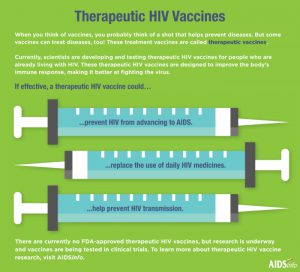Destroy the neoplastic cell with a wave of cold, or rather of frost. This is the principle underlying the surgical method called cryosurgery (krio = cold), thanks to which the formation of ice crystals, inside and outside the diseased cell, disrupts its structure and blocks the flow of blood that feeds it, leading it to death. In this article, we try to understand this surgical method.
What exactly is the cryosurgery?
Cryosurgery is a method that uses low temperatures to destroy tissues affected by certain pathologies such as to require the intervention of a surgical act. Cryodestruction occurs through the use of particular instruments, improperly called cryotomes or cryosurgicals, which, through the evaporation of cryogenic gases such as nitrous oxide and liquid nitrogen, allow temperatures up to 196 ° to be reached, capable of inducing a cell necrosis.
How does cryosurgery take place?
Unlike traditional surgical instruments, such as the scalpel, the electrocautery or the laser, the cryosurgery does not cause cuts on the tissues: therefore there is no bleeding and there is no need to suture the treated part. The terminal that conducts the cold, which is called a cryod, is simply placed on the lesion or driven deep into the tissue. In a time ranging from 15 seconds to a few minutes the entire lesion will be embedded in an ice ball, which will lead to tissue necrosis. Healing takes place within a few weeks, depending on the size of the treated lesion, and usually guarantees excellent aesthetic and functional results.
Cryosurgery has been performed for some time at some hospitals, especially those located in China
In selected cases, cryosurgery could represent the another weapon to be deployed in cases of early cancer or in advanced cases, when traditional therapies have failed. In Beijing and in Xian, China, there are two important schools of cryosurgery, to specialize in the cryosurgical treatment of preneoplastic and neoplastic lesions of the cervicocephalic district of the skin, the rectum and perineum and the gynecological sphere. They have carried out more than a thousand cryosurgery operations and are equipped with two brand new cryotomic devices, one that works with nitrous oxide and allows you to reach a temperature of 89 ° C and one with liquid nitrogen, indicated for large lesions, which allows you to reach 160 ° C.
Is there a risk of damaging healthy tissues close to the lesion to be treated with the use of cryosurgery?
Of course, and this is why cryosurgery must be entrusted to expert surgeons: cryosurgery seems to be in fact an easy technique, such that it can also be practiced by young surgeons, but extreme cold can cause serious damage if not applied with expertise. The cryosurgeon must first of all be a surgeon who knows traditional techniques well: only in this way can he understand which lesions deserve treatment with cryosurgery and establish exactly when to intervene. Unfortunately, many times this does not happen and sometimes failures are reported, to the detriment of the method.
What are the indications for cryosurgery, in oncology?
There are numerous indications in oncological surgery to cryosurgery: the treatment of preneoplastic and neoplastic lesions of the cervicocephalic region, multifocal or advanced skin tumors, HPV-related genital lesions, recurrent tumors of the rectum and perineum, lesions caused by Kaposi’s sarcoma in HIV positive patients.
What are the advantages that this surgical technique offers over conventional treatments?
The possibility of being able to treat very elderly patients, in poor general conditions, even with alterations in coagulation, to be able to carry out the treatment several times, to be able to cryotreat large areas of pathological tissue that would require a non-radical but demolitive conventional treatment and therefore to be able to preserving the organ and its function, the paucisymptomatic post-operative course, with little pain, modest edema and rare use of major analgesic drugs and the excellent aesthetic result with elastic, never retracting scars.
Does this method have a future? Of course, this method is the answer to the problems related to the difficulty of getting rid of some types of tumors that are “stuck” between organs. Development and refinement are still underway and in the next few years we hope that this method will be able to help more people around the world.











+ There are no comments
Add yours